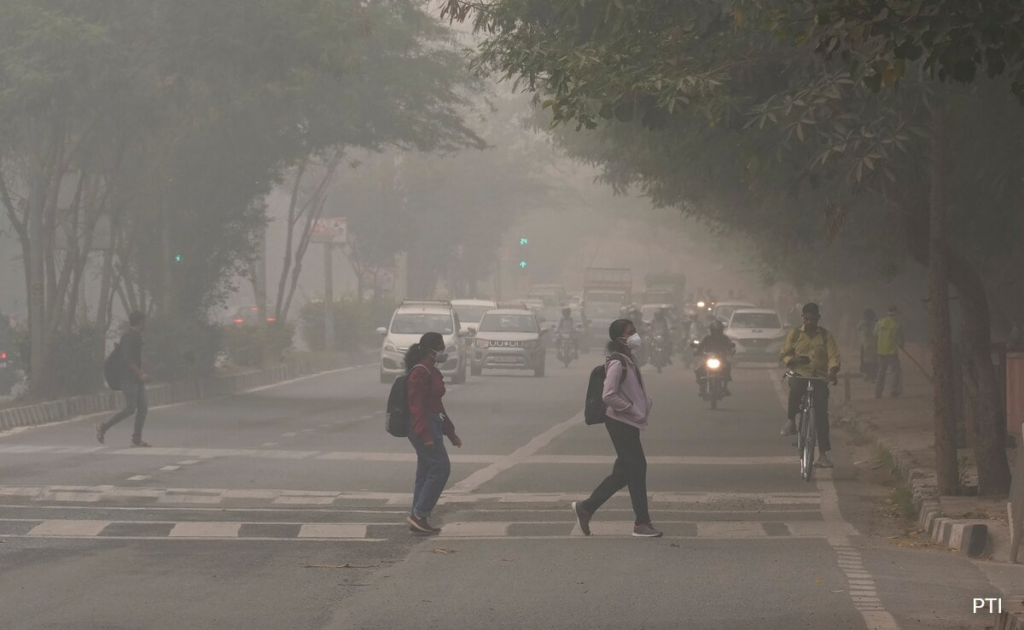
In 2022, India was ranked as the eighth most polluted country.
New Delhi:
Prolonged exposure to polluted air with PM 2.5 particulate matter, which is 30 times thinner than a strand of hair, can increase the risk of type 2 diabetes, a new study suggests.
A study by Lancet, a leading medical journal, outlines how 20% of type 2 diabetes is linked to chronic exposure to PM 2.5 pollutants. These fine pollutants are emitted from oil, diesel, biomass, and gasoline combustion. The study has wider implications in India due to increasing pollution and exposure of a large population to harmful air.
The Lancet Study
The PM 2.5 pollutant is often termed as a killer and is a major component of air pollution in urban areas. The study suggests that short-term exposure to PM 2.5 increases the risk of insulin resistance by triggering the autonomic nervous system, which is a pathway toward cardiovascular diseases.
The study found that a monthly exposure to PM 2.5 pollutants led to an increase in blood sugar levels and a prolonged exposure (almost a year) led to a 20% increase in risk of type 2 diabetes.
The link between air pollution and diabetes is higher in men groups from lower socioeconomic groups and those with comorbidities. Evidence suggests that PM2.5 is associated with chronic kidney disease in populations both with and without diabetes.
Around 537 million suffer from type 2 diabetes and half of them are unaware that they are diabetic.
Meanwhile, in India, an estimated 77 million people above the age of 18 years are suffering from diabetes (type 2) and nearly 25 million are prediabetics (at a higher risk of developing diabetes in the future), according to WHO.
Polluted Air In Indian Cities
Bihar’s Begusarai emerged as the world’s most polluted metropolitan area while Delhi was identified as the capital city with the poorest air quality, according to the World Air Quality Report. The national capital has ranked the most polluted capital city in the world four times since 2018.
With an average annual PM2.5 concentration of 54.4 micrograms per cubic metre, India had the third worst air quality out of 134 countries in 2023 after Bangladesh (79.9 micrograms per cubic metre) and Pakistan (73.7 micrograms per cubic metre), according to the World Air Quality Report 2023 by Swiss organisation IQAir.
In 2022, India was ranked as the eighth most polluted country with an average PM2.5 concentration of 53.3 micrograms per cubic metre.
It is estimated that 1.36 billion people in India experience PM2.5 concentrations exceeding the World Health Organisation (WHO) recommended annual guideline level of 5 micrograms per cubic metre, the report said.
– With inputs from PTI





1 thought on “20% Type 2 Diabetes Cases Linked To Air Pollution, Says Lancet Study”
Comments are closed.